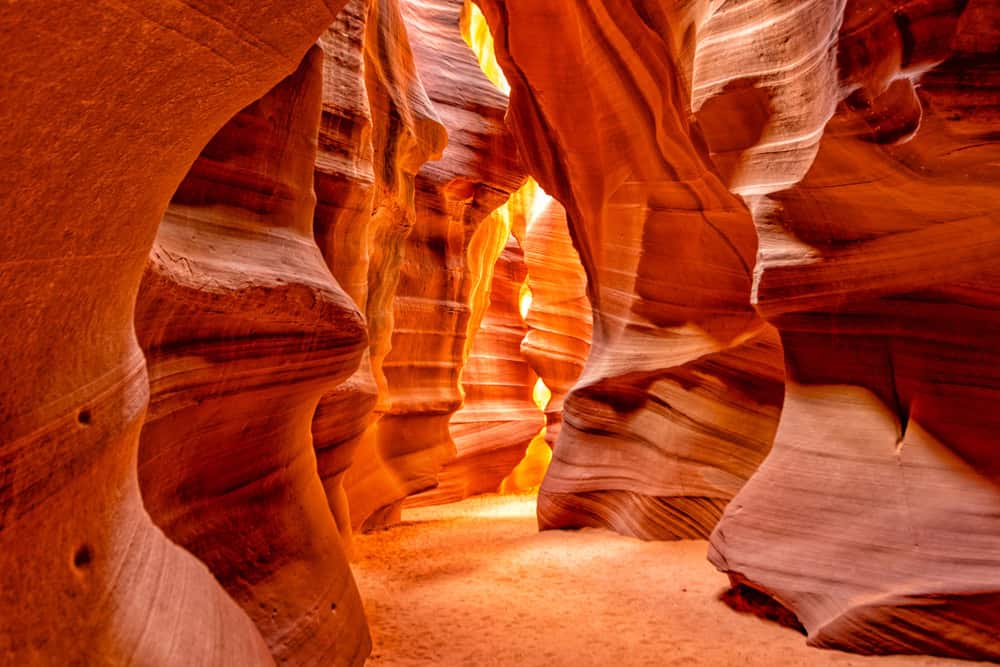Nature is full of surprises, presenting us with extraordinary phenomena that challenge our understanding and ignite our sense of wonder. From luminous skies to mysterious geological formations, these natural wonders offer a glimpse into the planet’s incredible diversity and complexity. Here, we explore 20 of the most unusual natural phenomena around the world, each with its own fascinating story and breathtaking beauty.
Aurora Borealis (Northern Lights)
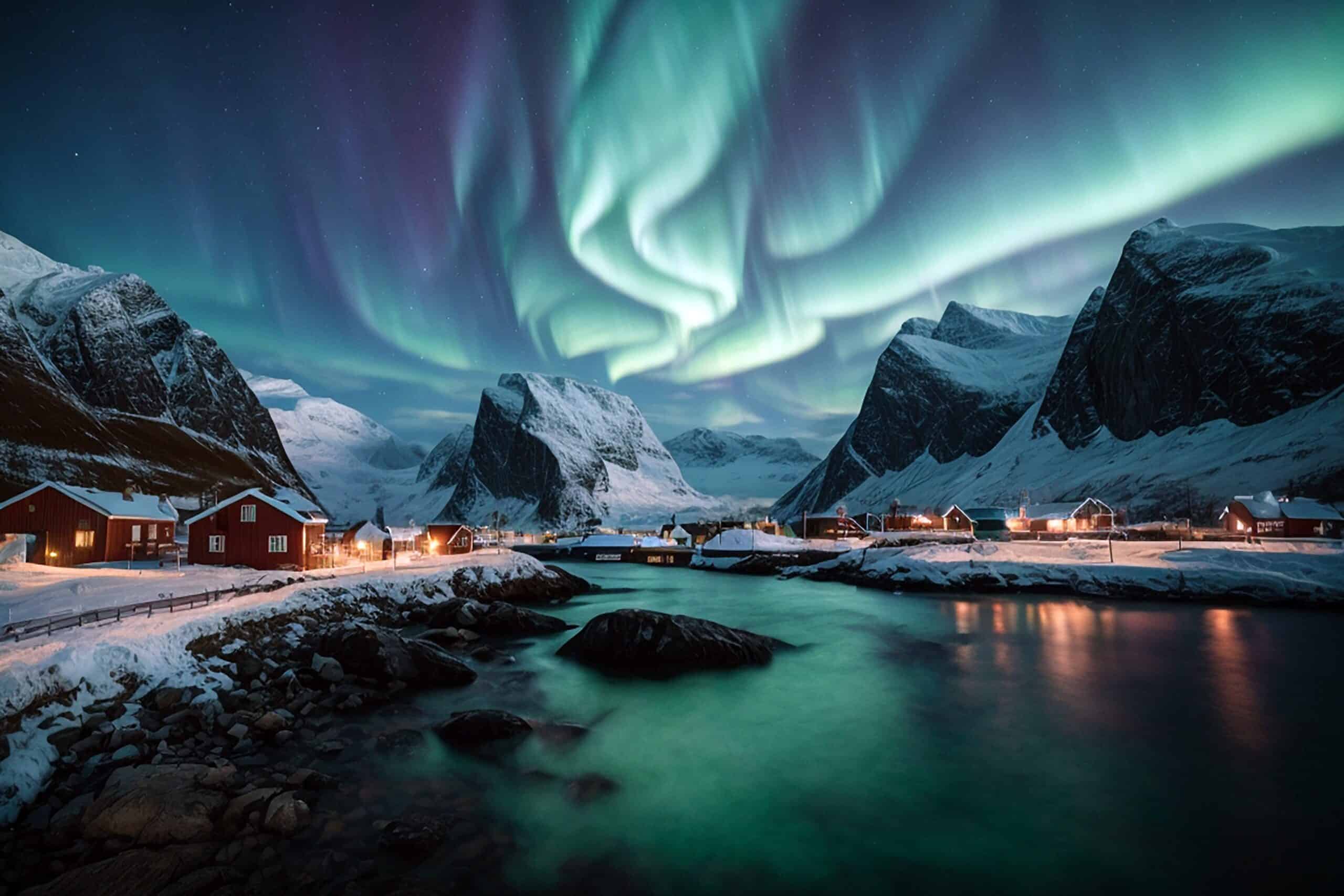
The Aurora Borealis, commonly known as the Northern Lights, is a spectacular light show visible in high-latitude regions near the Arctic. This phenomenon occurs when charged particles from the sun collide with Earth’s magnetic field, creating shimmering curtains of green, pink, and violet lights in the sky. The best places to witness this breathtaking display include Norway, Canada, and Iceland, where the dark, clear winter nights provide an ideal backdrop for nature’s own light show.
Bioluminescent Bays
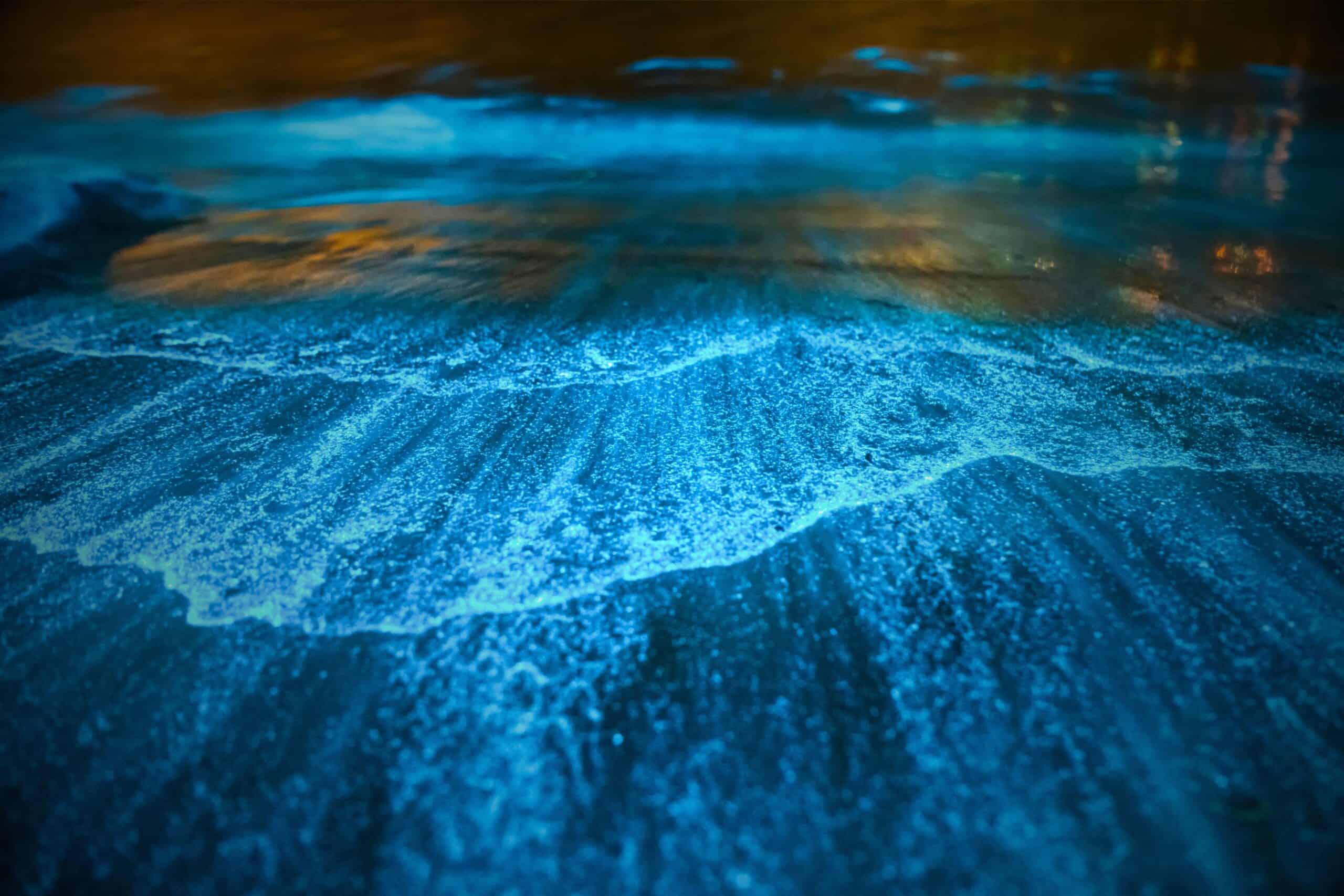
Bioluminescent bays, such as those in Puerto Rico and the Maldives, glow with an eerie blue light when disturbed. This stunning effect is caused by microscopic organisms called dinoflagellates that emit light in response to movement. As kayakers or swimmers move through the water, the waves light up, creating an ethereal, otherworldly experience that feels almost magical.
Sailing Stones of Death Valley
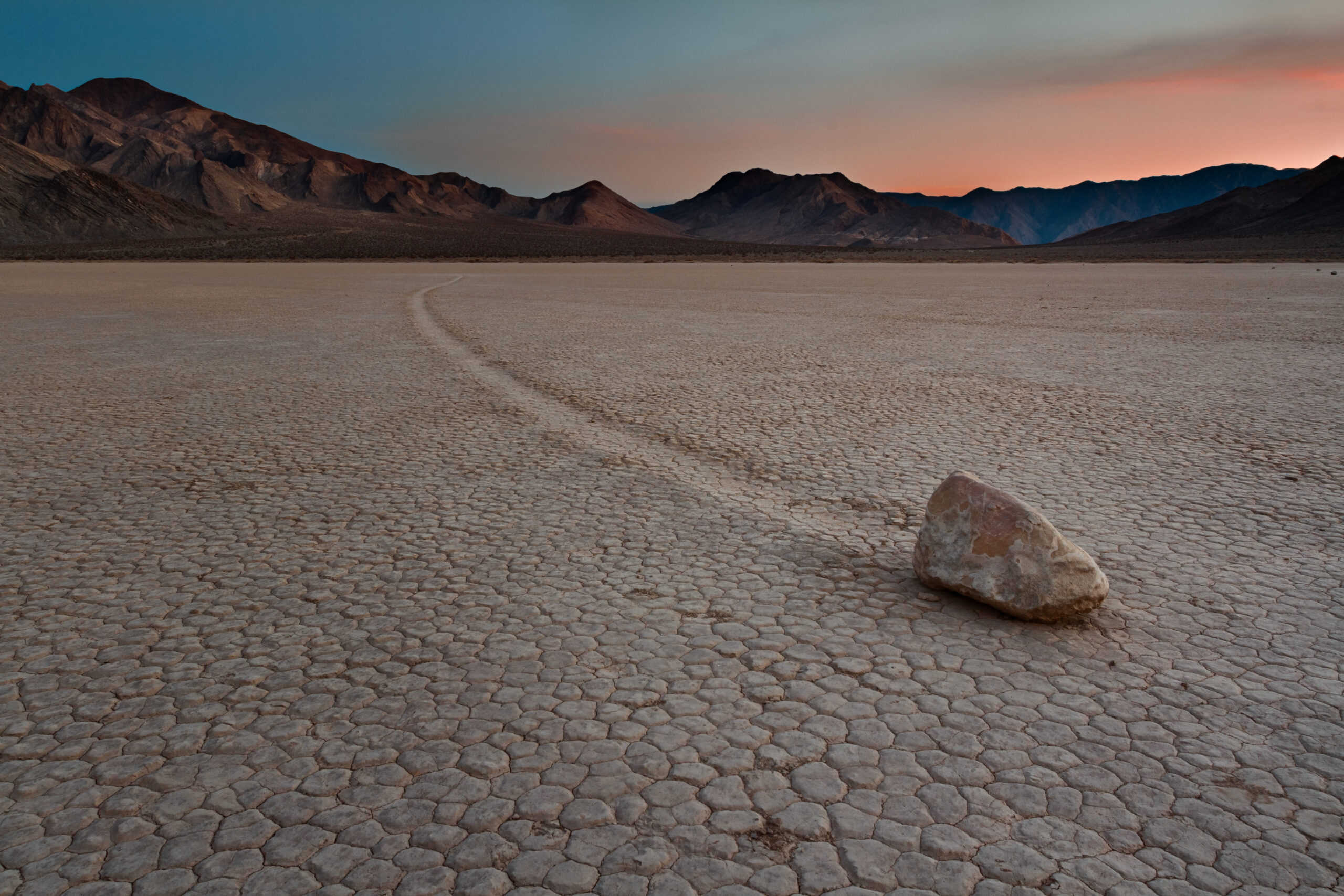
In California’s Death Valley, the sailing stones move mysteriously across the dry lake bed known as Racetrack Playa. These rocks, some weighing hundreds of pounds, leave long trails behind them as they glide across the ground. The movement is driven by a combination of freezing and thawing cycles that create a slick surface, allowing the stones to slide effortlessly, though it appears as if they are moving on their own.
Blood Falls, Antarctica
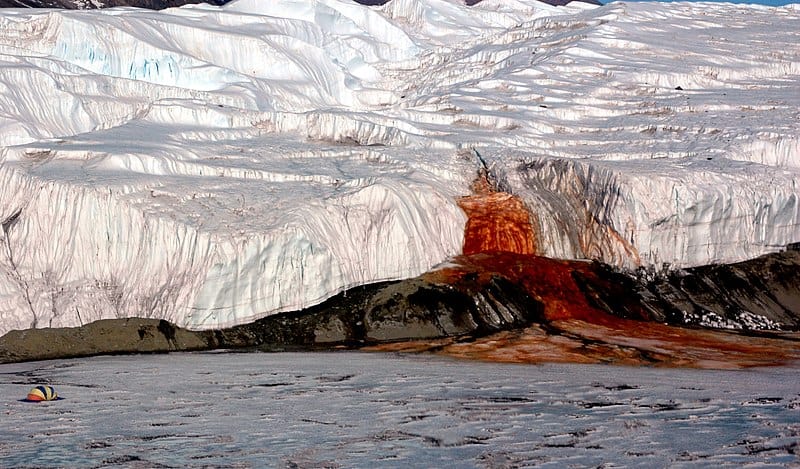
Blood Falls is a striking natural feature where a stream of iron-rich, saltwater emerges from the Taylor Glacier, staining the ice a vivid red. This bizarre phenomenon is caused by the oxidation of iron in the water, which turns it a rusty red color. The source of the water is an ancient subglacial lake trapped beneath the glacier, providing a unique glimpse into the hidden ecosystems of Antarctica.
Lake Hillier, Australia
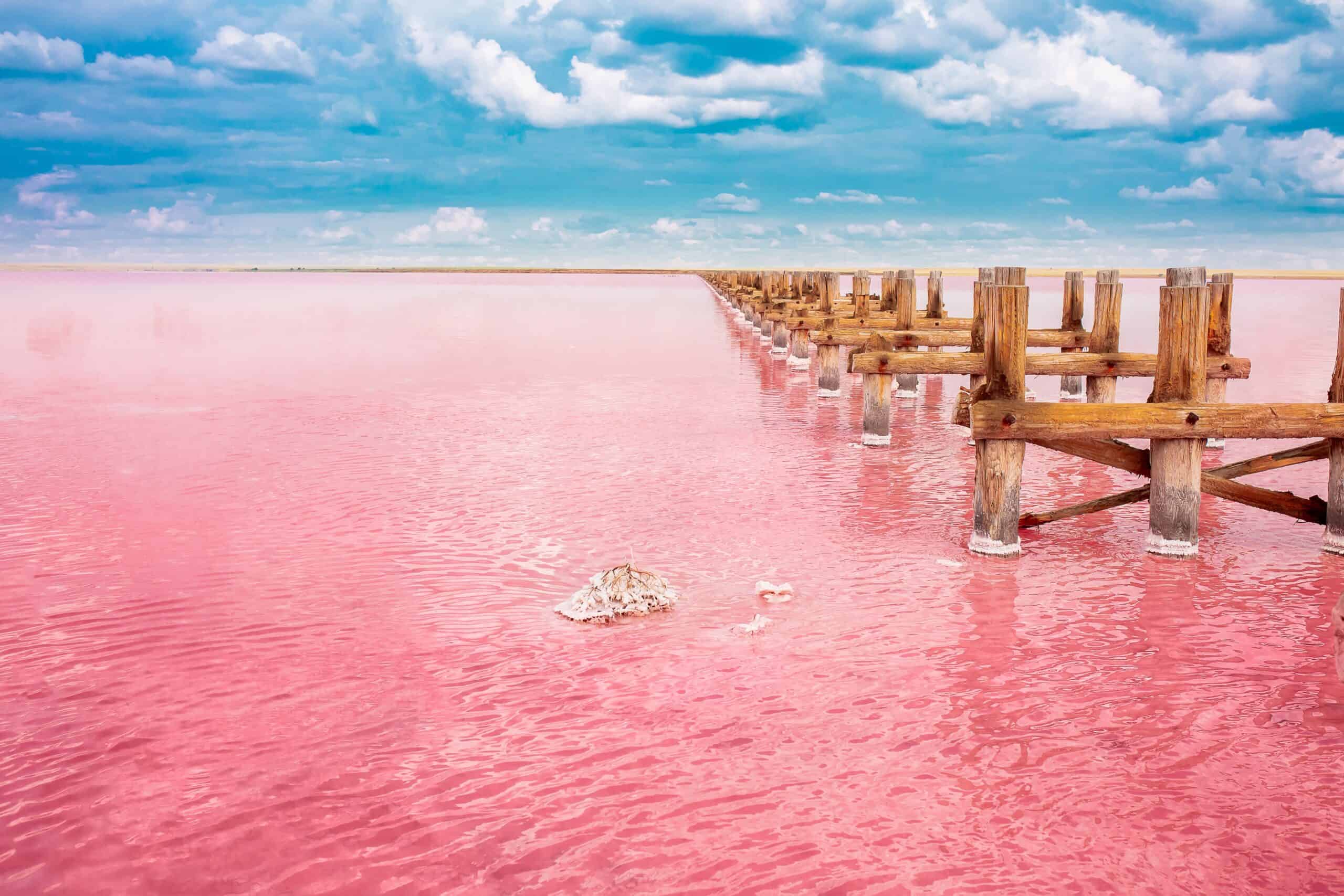
Lake Hillier, located on Middle Island in Western Australia, is famous for its vibrant pink color. The lake’s distinct hue is due to the presence of Dunaliella salina, a type of algae that produces carotenoid pigments. Unlike other colored lakes, Lake Hillier’s pink color remains even when the water is bottled, making it a fascinating and enduring natural wonder.
Pororoca, Brazil
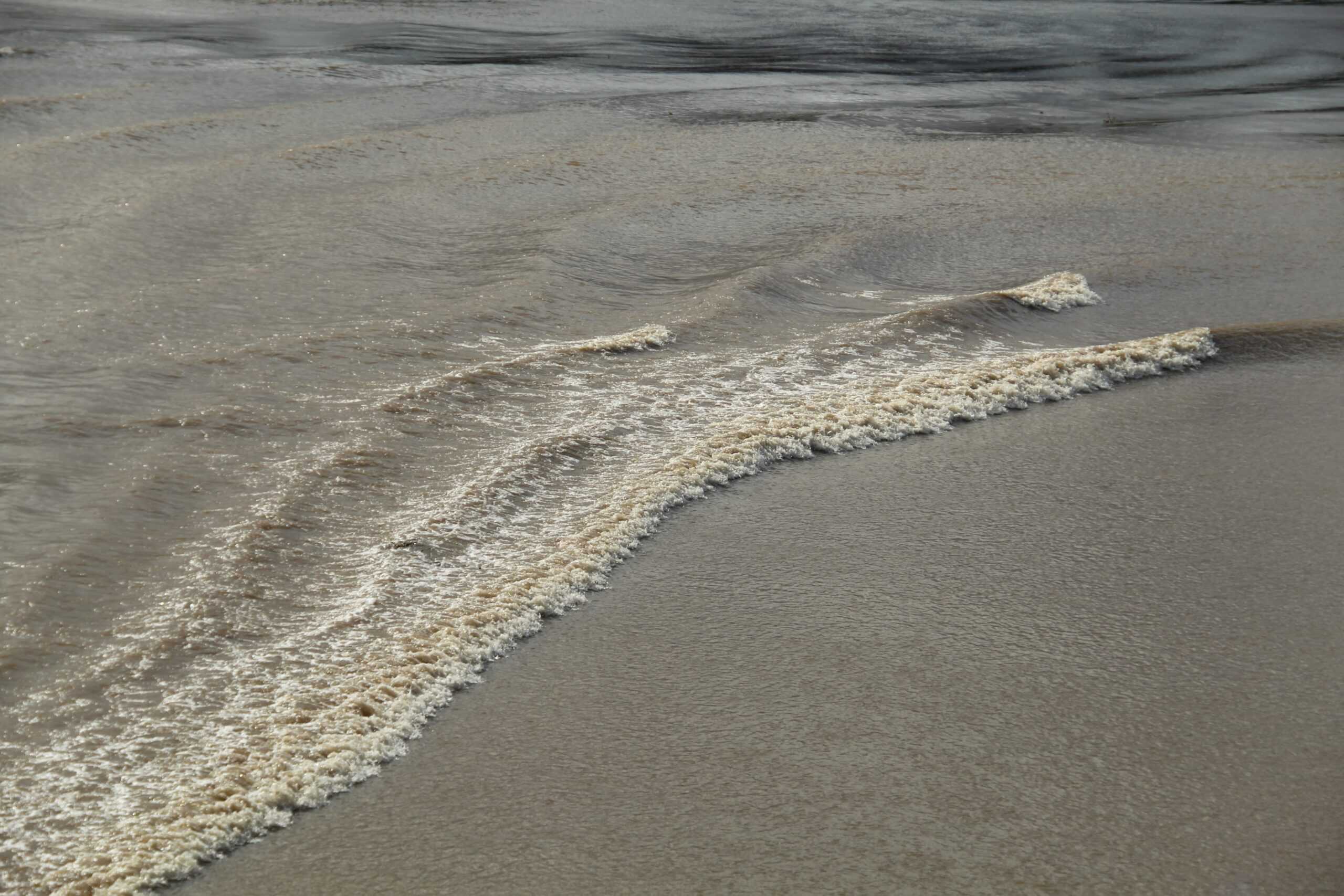
The Pororoca is a tidal bore phenomenon that occurs in the Amazon River, where the ocean tide meets the river’s flow, creating massive waves that can travel upstream for miles. These waves can reach heights of up to 12 feet, attracting surfers from around the world. The sound of the incoming tide can be heard for hours before it arrives, adding to the anticipation and thrill of this natural spectacle.
Catatumbo Lightning, Venezuela
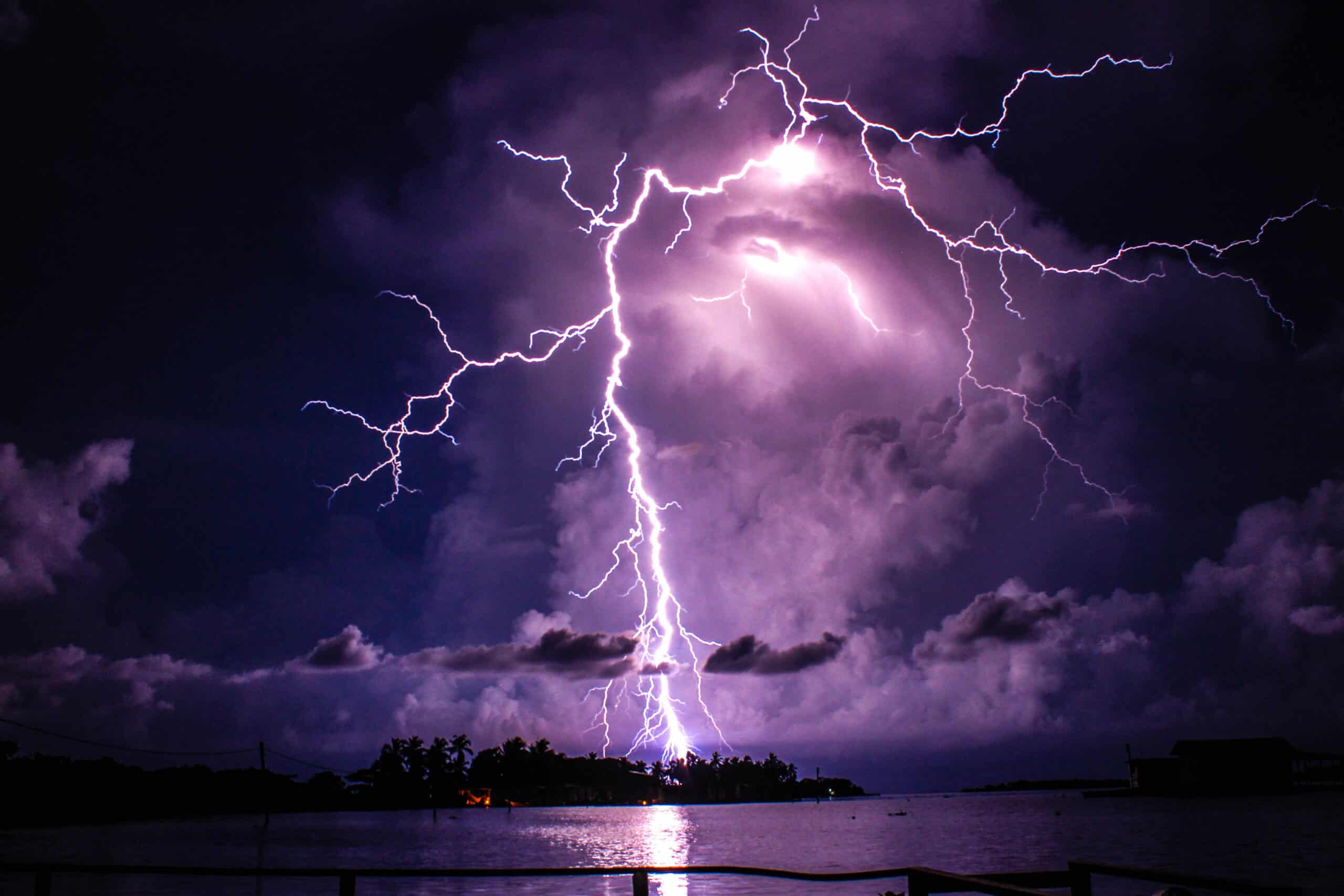
The Catatumbo Lightning is a weather phenomenon in Venezuela where lightning storms occur almost continuously over the Catatumbo River. This region experiences over 260 stormy nights a year, with thousands of lightning strikes per hour. The persistent storms are thought to be caused by the unique topography and wind patterns of the area, making it the most electric place on Earth.
Moeraki Boulders, New Zealand
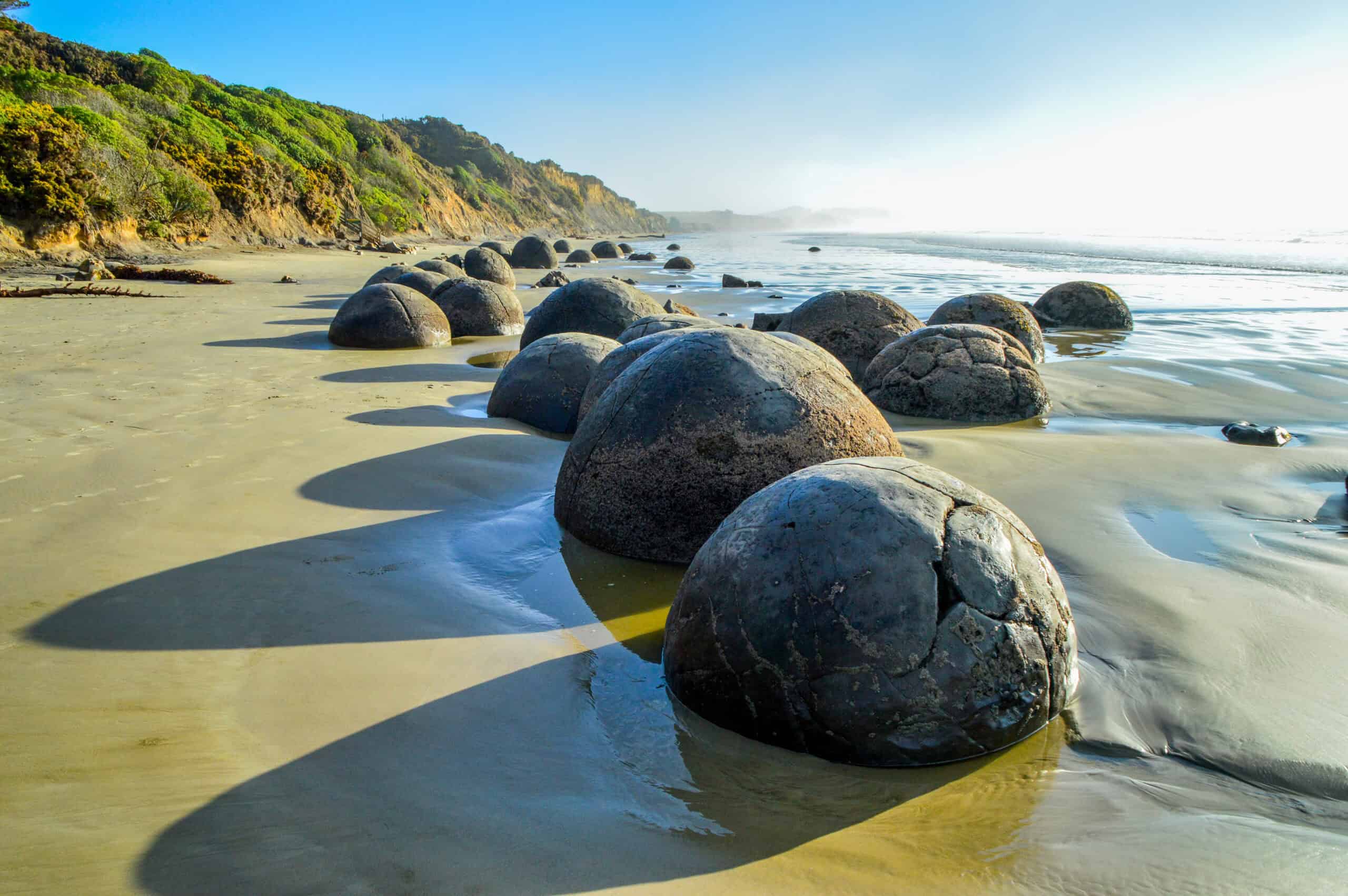
The Moeraki Boulders are large, spherical stones scattered along Koekohe Beach in New Zealand. These unusually round rocks formed millions of years ago through a process known as concretion, where mineral sediments accumulate around a core. The boulders have a striking appearance, with some measuring over six feet in diameter, and their perfectly smooth surfaces and unique formation make them a geological marvel.
Great Blue Hole, Belize
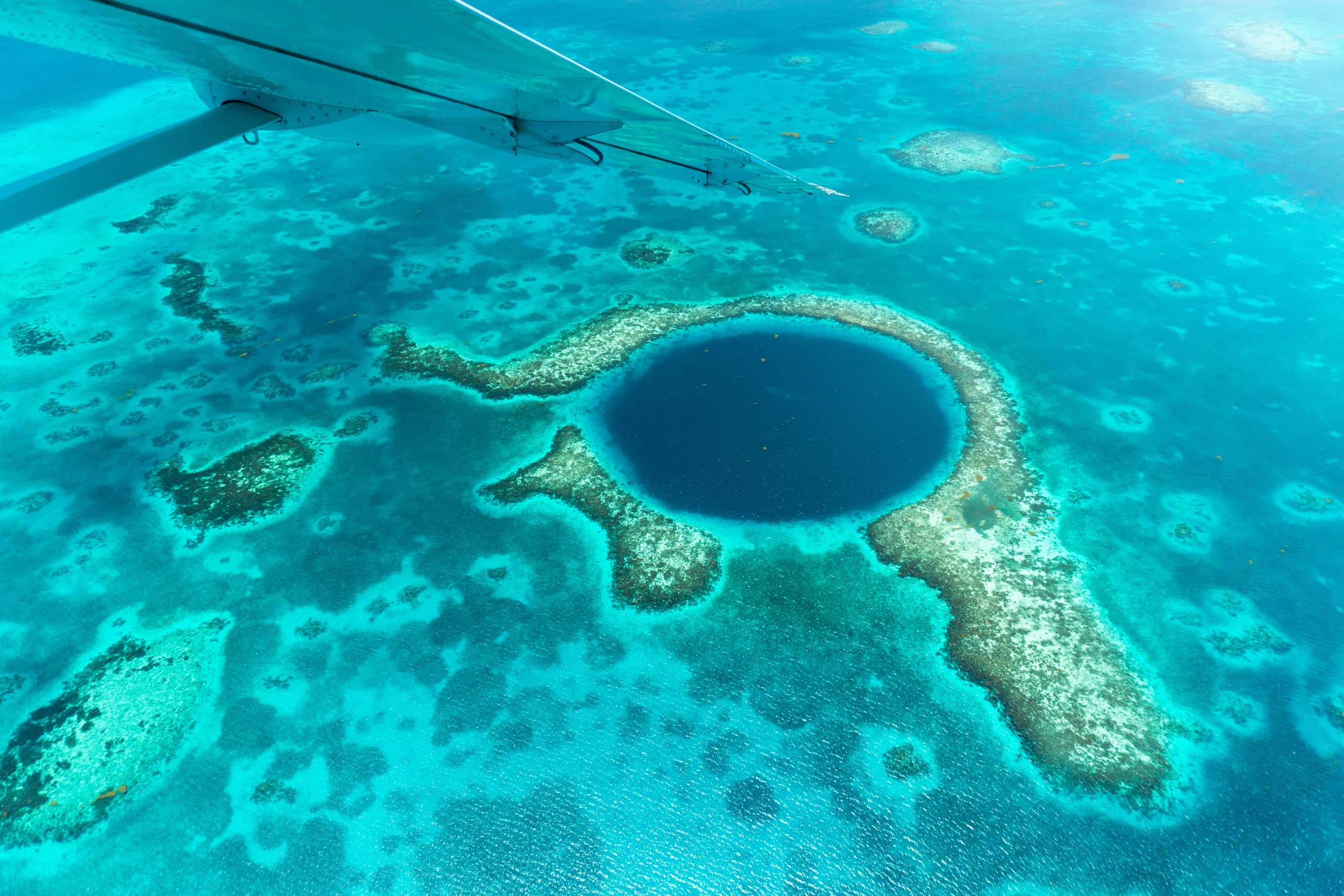
The Great Blue Hole is a giant marine sinkhole off the coast of Belize, measuring about 1,000 feet across and 400 feet deep. This natural wonder was formed during the last Ice Age and is part of the Belize Barrier Reef Reserve System, a UNESCO World Heritage Site. Its deep blue color and perfect circular shape make it a popular destination for divers, who explore the rich marine life and underwater stalactites within.
Penitentes, Andes Mountains
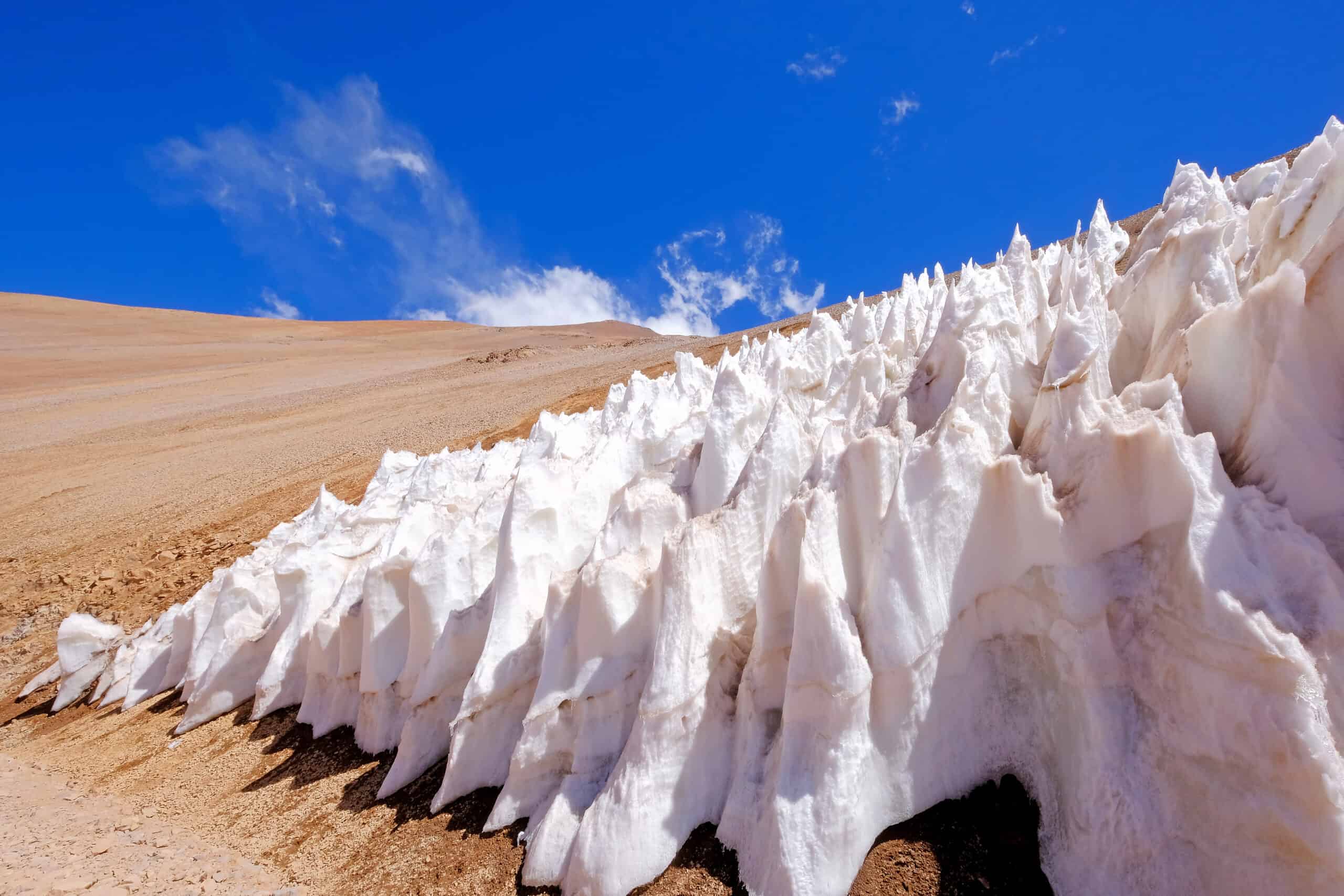
Penitentes are tall, thin blades of hardened snow or ice that form at high altitudes in the Andes Mountains. These structures, which can reach up to 16 feet high, are shaped by a combination of strong sunlight and dry winds. The name “penitentes” comes from their resemblance to the pointed hoods worn by religious penitents during processions, and they create a striking, surreal landscape in the mountains.
Rainbow Mountains, China
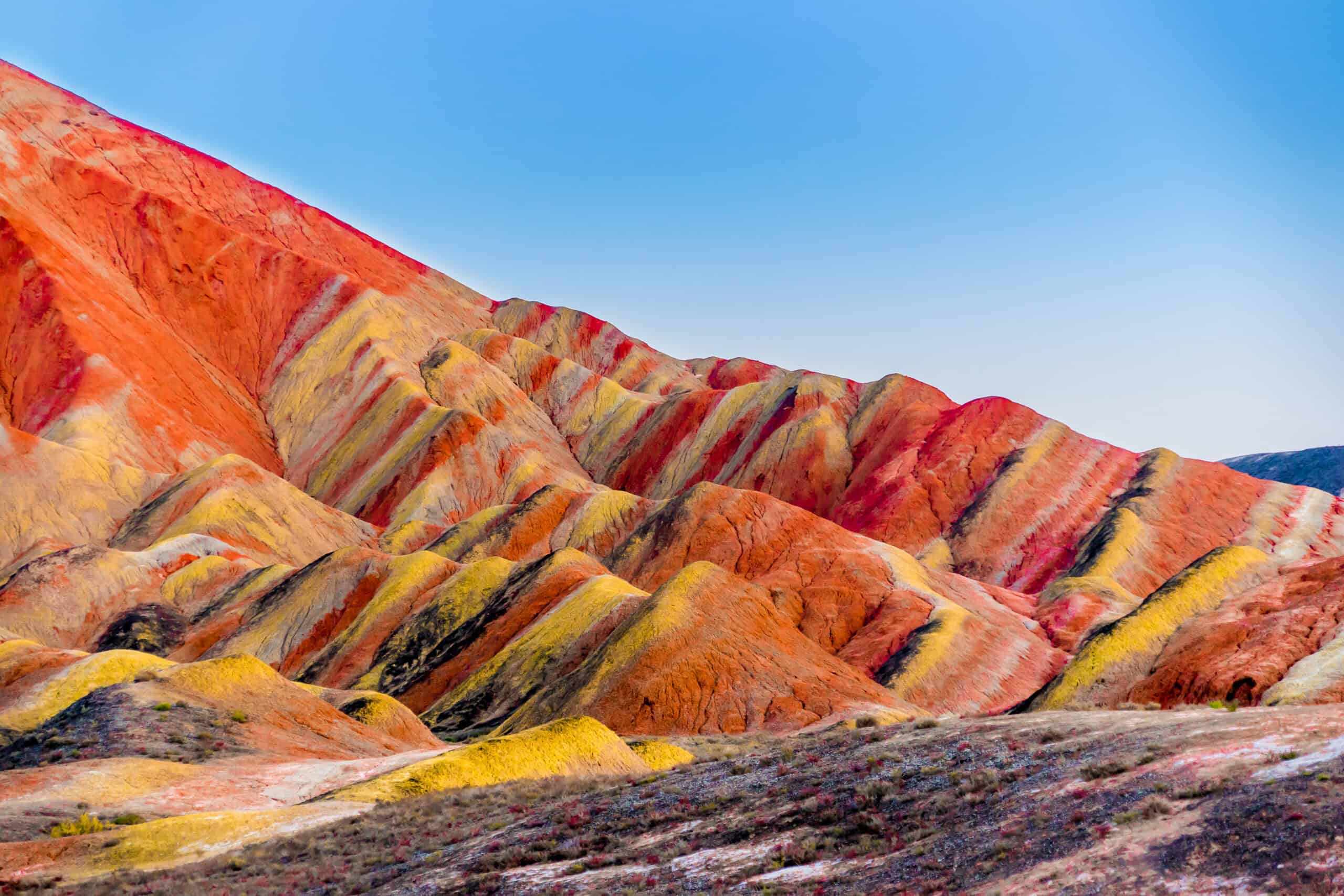
The Rainbow Mountains in China’s Zhangye Danxia Landform Geological Park are known for their vibrant, multicolored rock formations. The stunning hues of red, yellow, blue, and green are the result of mineral deposits over millions of years. Erosion has sculpted the landscape into unique shapes and patterns, creating a breathtaking scene that looks like a painter’s palette come to life.
Ice Circles, North America and Europe
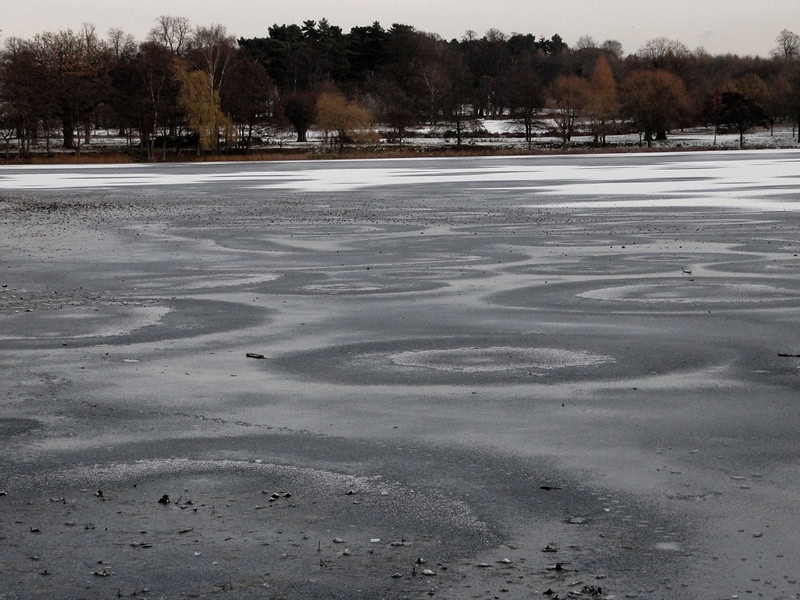
Ice circles are rare, naturally occurring circular formations of ice that appear in slow-moving water in cold climates. These rotating disks can range from a few inches to several feet in diameter and are believed to form under specific conditions where rotating water currents create a whirlpool effect. Ice circles have been spotted in rivers and lakes across North America and Europe, fascinating onlookers with their perfect symmetry and gentle motion.
Fairy Circles, Namibia
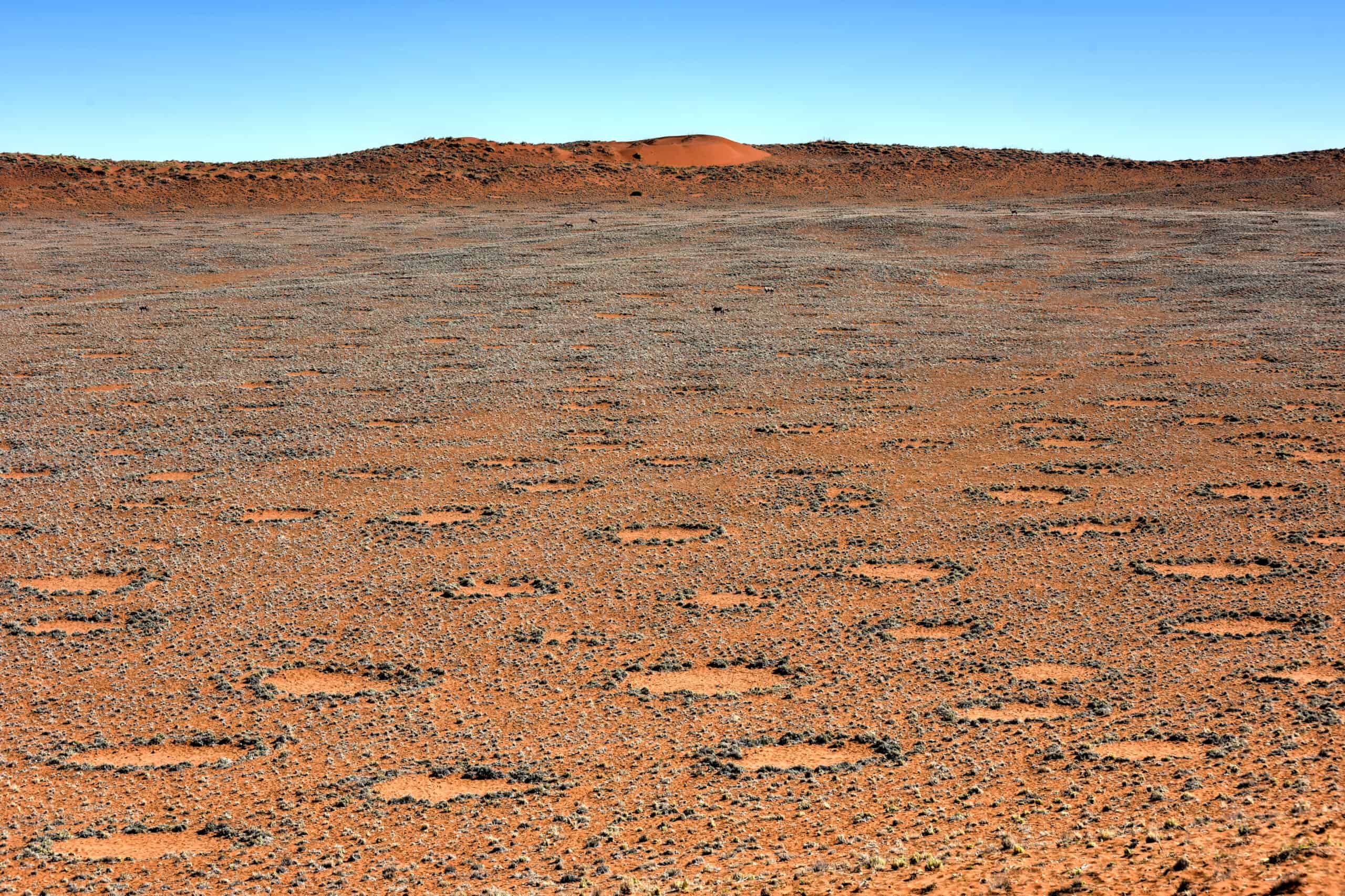
Fairy circles are mysterious, circular patches of bare soil surrounded by grass, found in the Namib Desert. These unusual formations can range from a few feet to over 65 feet in diameter and have puzzled scientists for decades. Theories about their origin range from termite activity to plant competition for water, but their exact cause remains a subject of debate, adding to their enigmatic allure.
Lenticular Clouds
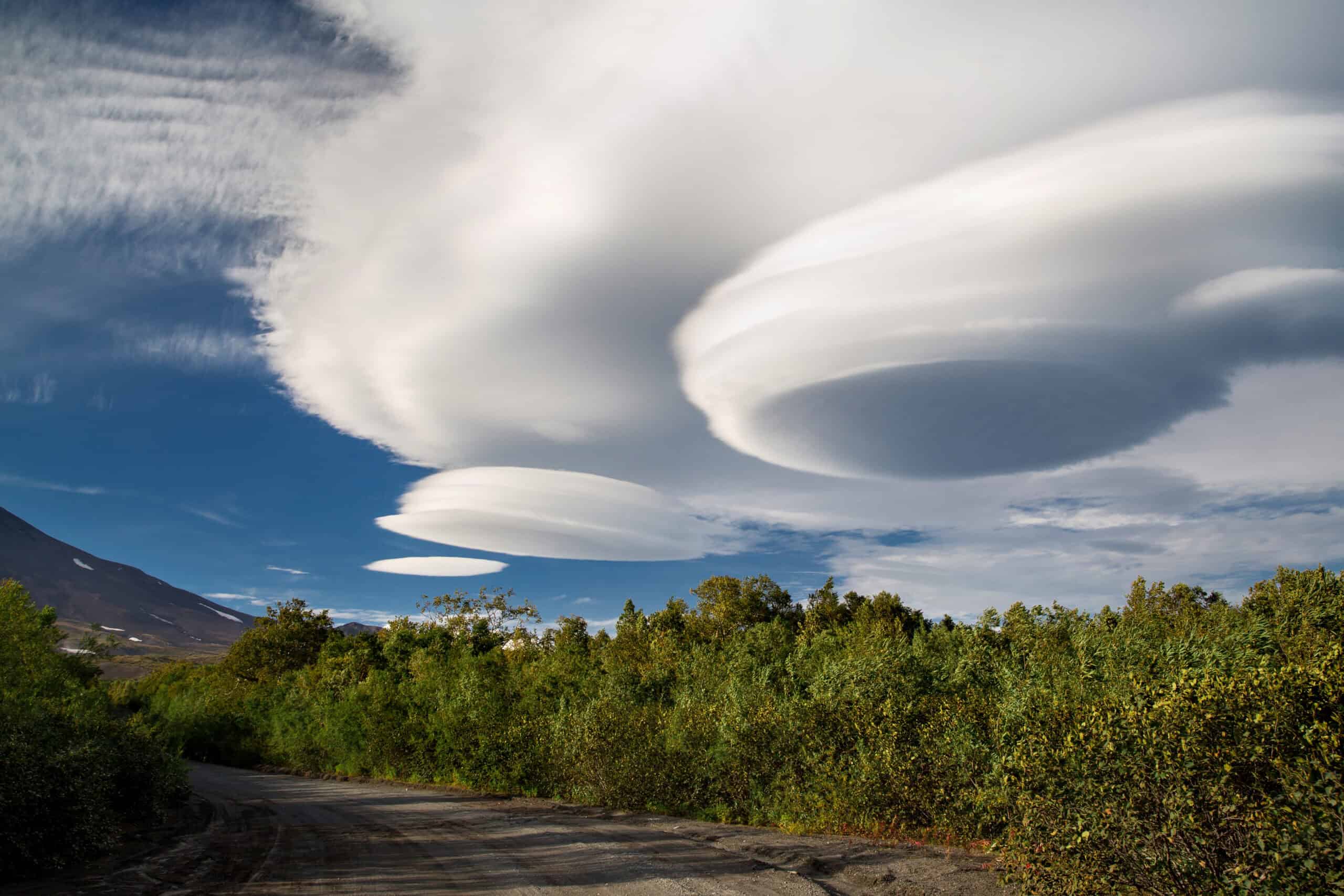
Lenticular clouds are lens-shaped clouds that typically form over mountain ranges, creating stunning, saucer-like formations in the sky. These clouds form when moist air flows over a mountain and cools, causing the air to condense into a distinctive lens shape. Often mistaken for UFOs, lenticular clouds are a captivating sight and are particularly common in places like the Rocky Mountains and the Andes.
Danakil Depression, Ethiopia
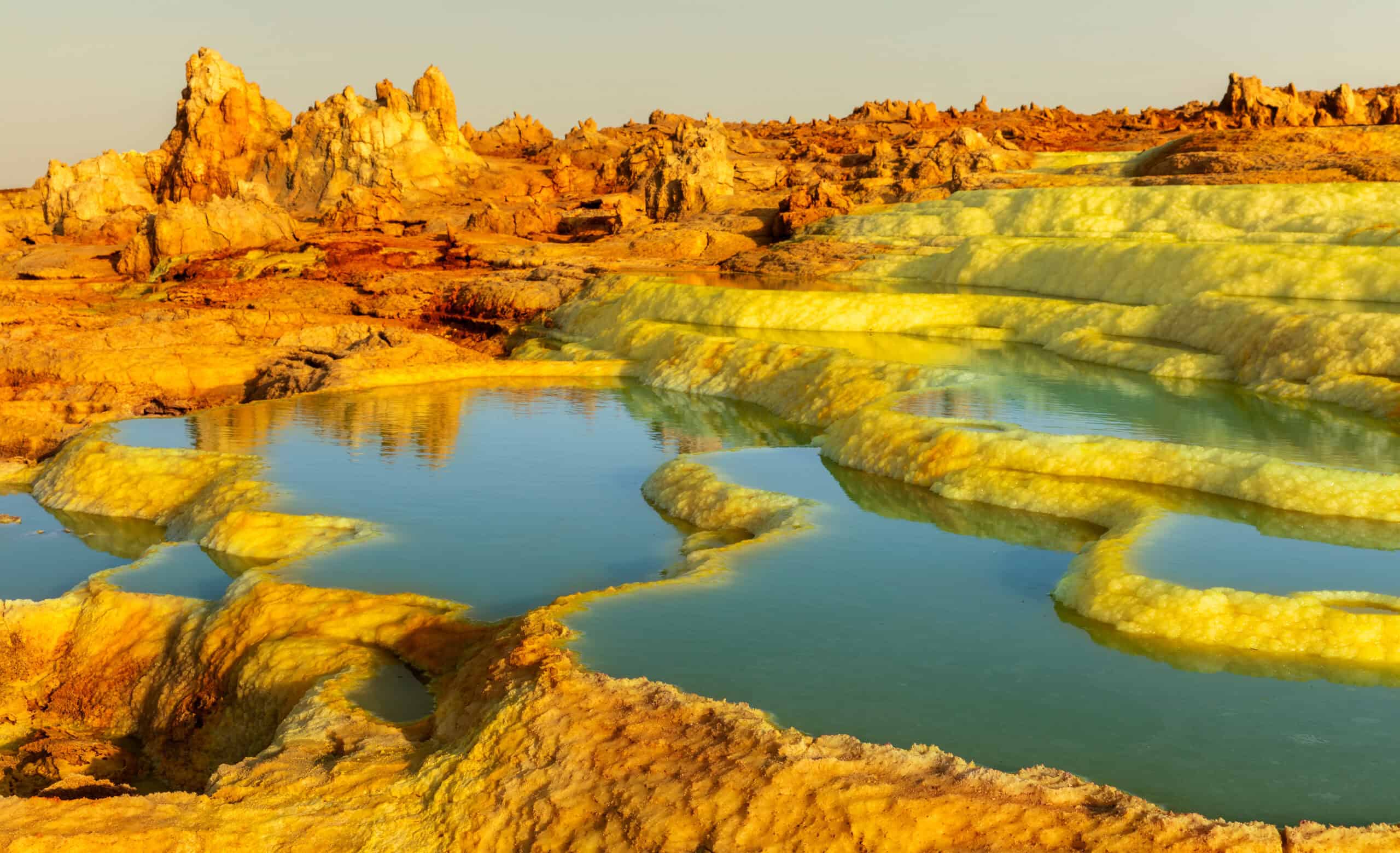
The Danakil Depression is one of the hottest, driest, and most inhospitable places on Earth. Located in Ethiopia, this area sits below sea level and is known for its extreme geothermal activity. The landscape is dotted with sulfur springs, acidic hot springs, and lava lakes, creating a vivid, otherworldly terrain of bright yellows, oranges, and greens. Despite its harsh conditions, the Danakil Depression attracts adventurers and scientists eager to study its unique environment.
Migrating Monarch Butterflies, North America
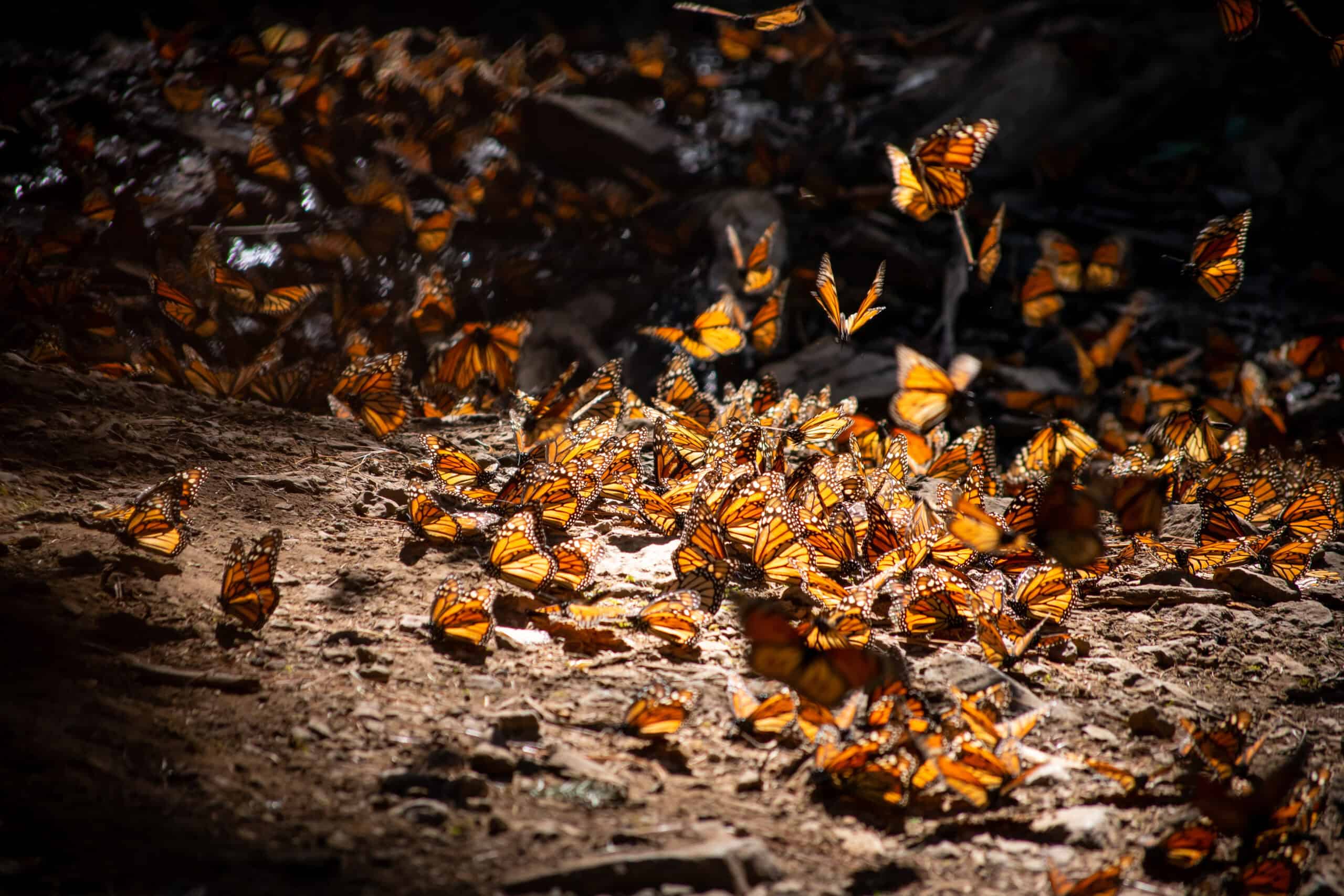
Each year, millions of Monarch butterflies embark on an incredible migration journey from North America to central Mexico. This phenomenon spans thousands of miles and is one of the most remarkable migrations in the animal kingdom. The butterflies travel in large groups, filling the sky with vibrant orange and black hues as they seek out their wintering grounds. Their return journey in the spring is equally spectacular, continuing the cycle of one of nature’s greatest migrations.
Living Root Bridges, India
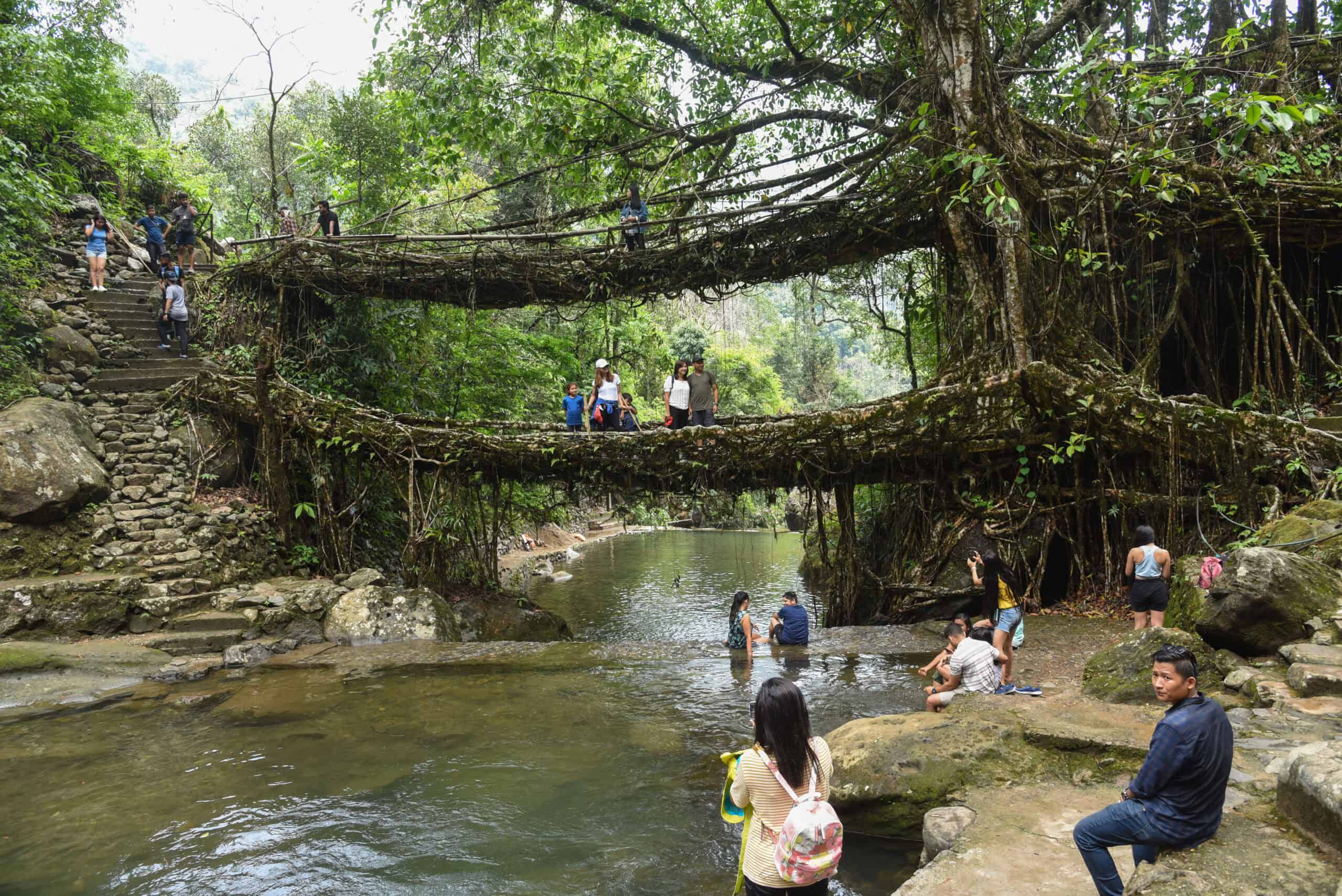
In the northeastern Indian state of Meghalaya, local tribes have cultivated living root bridges for centuries. These bridges are made by guiding the roots of rubber trees across streams and rivers, where they naturally intertwine and strengthen over time. The living root bridges are not only functional but also resilient, able to withstand heavy monsoon rains. They are a remarkable example of sustainable engineering and a harmonious blend of nature and human ingenuity.
Frozen Methane Bubbles, Canada
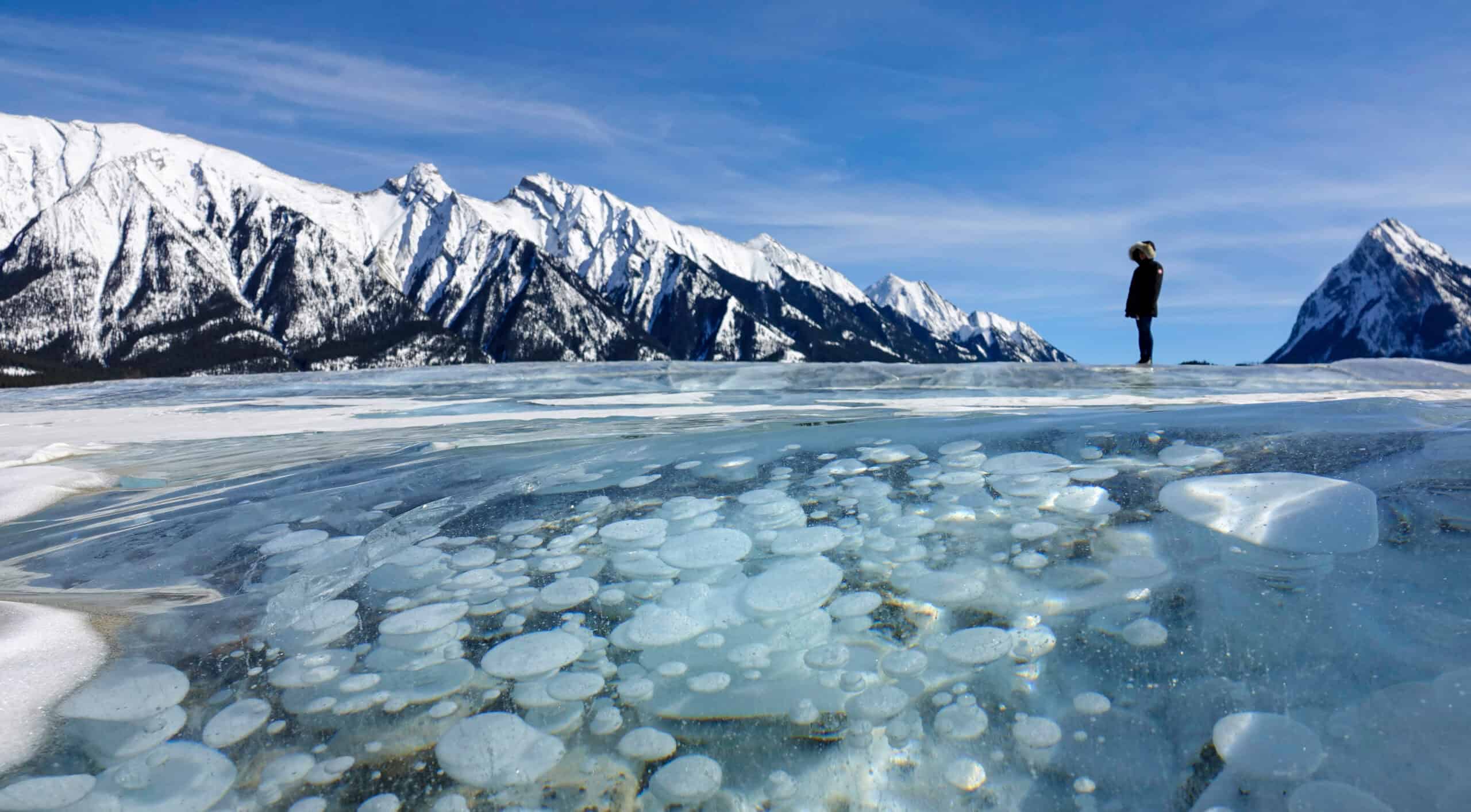
In Alberta’s Lake Abraham, frozen methane bubbles are trapped beneath the ice, creating a stunning and surreal visual effect. These bubbles are formed when organic matter at the bottom of the lake decomposes and releases methane gas, which rises to the surface and gets trapped in the ice as temperatures drop. The result is a mesmerizing display of white bubbles suspended in clear ice, offering a glimpse into the fascinating processes occurring beneath the frozen surface.
Morning Glory Clouds, Australia
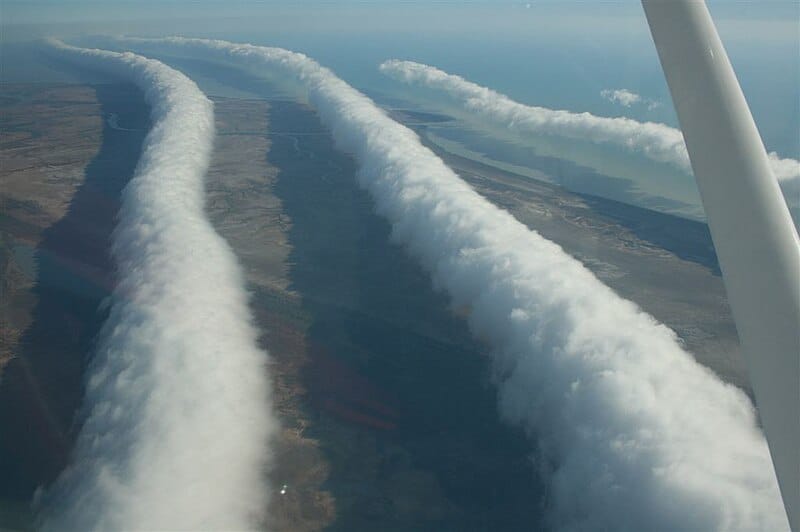
The Morning Glory cloud is a rare meteorological phenomenon observed in northern Australia, particularly in the Gulf of Carpentaria. These long, tubular clouds can stretch up to 600 miles and roll across the sky like massive waves. The clouds form when moist air is forced to rise, creating a dramatic and awe-inspiring sight. Pilots and gliders often seek out the Morning Glory clouds for the unique and exhilarating experience of soaring along their lengths.
Sundogs, Worldwide
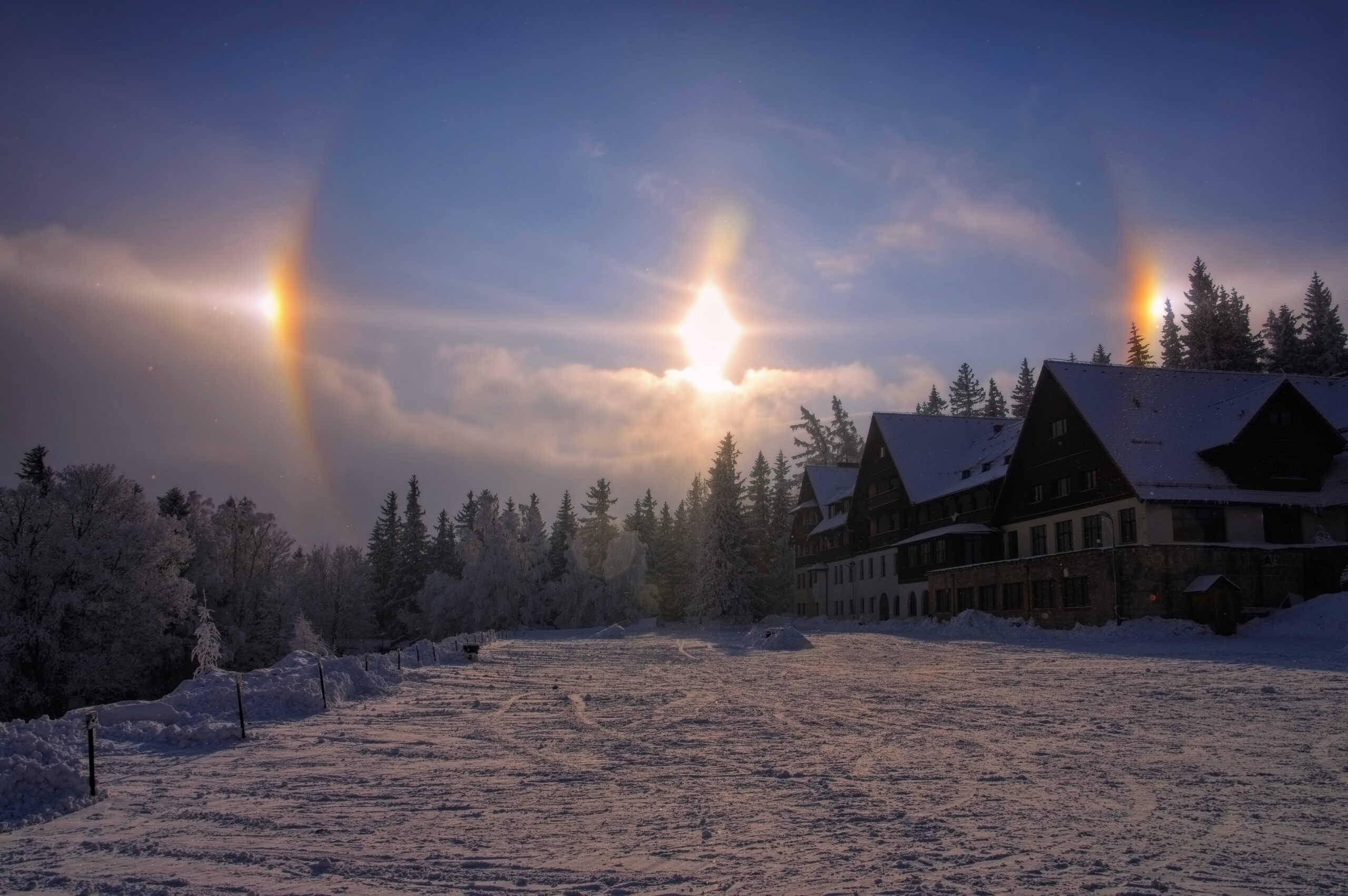
Sundogs, also known as parhelia, are bright spots that appear on either side of the sun, often creating a halo effect. They occur when sunlight is refracted through ice crystals in the atmosphere, usually in cirrus or cirrostratus clouds. Sundogs are most commonly seen when the sun is low on the horizon, and their colorful, rainbow-like appearance adds a touch of magic to the sky. These optical phenomena can be observed in many parts of the world, particularly in colder climates.
This article originally appeared on Rarest.org.
More From Rarest.Org
Discovering the depths of the ocean unveils some of the most enigmatic and rare creatures on Earthâoctopuses. With their exceptional intelligence, remarkable ability to change color and texture, and often elusive nature, octopuses capture the imagination like few other animals. Read more.
For wine enthusiasts and collectors alike, vintage wines represent the pinnacle of winemaking excellence. These exceptional bottles not only offer unparalleled flavors and aromas but also carry historical significance and rarity that elevate their value. Read more.
Exploring the world’s most unique natural wonders offers an incredible journey through some of Earth’s most breathtaking and awe-inspiring landscapes. From the vibrant hues of geothermal springs to the surreal formations of ancient caves, these natural marvels highlight the planet’s diverse beauty and geological wonders. Read more.



